27 August 2013
I just returned from a visit to the Selva Lacandona (Lacandon Jungle), which is located in south-east Chiapas, México. It was truly “hermoso” (stunningly beautiful), as a local Lacandon guide referred to it, with its pristine tropical forests, gracefully-flowing streams and rivers, and evident abundance of flora, fauna (and insects!) While there I was often reminded of the Coastal Temperate Rainforest of my native home of British Columbia, with the primary differences being that the Lacandon Jungle is tropical (and so its flora and fauna were then obviously tropical) and its frequent rains were warmer. The Lacandon Jungle is itself the last bastion in North America of the Scarlet Macaw, a beautifully-majestic bird that once (and no more) inhabited from the State of Tamaulipas in north-east México right down southward to the tip of Brasil.
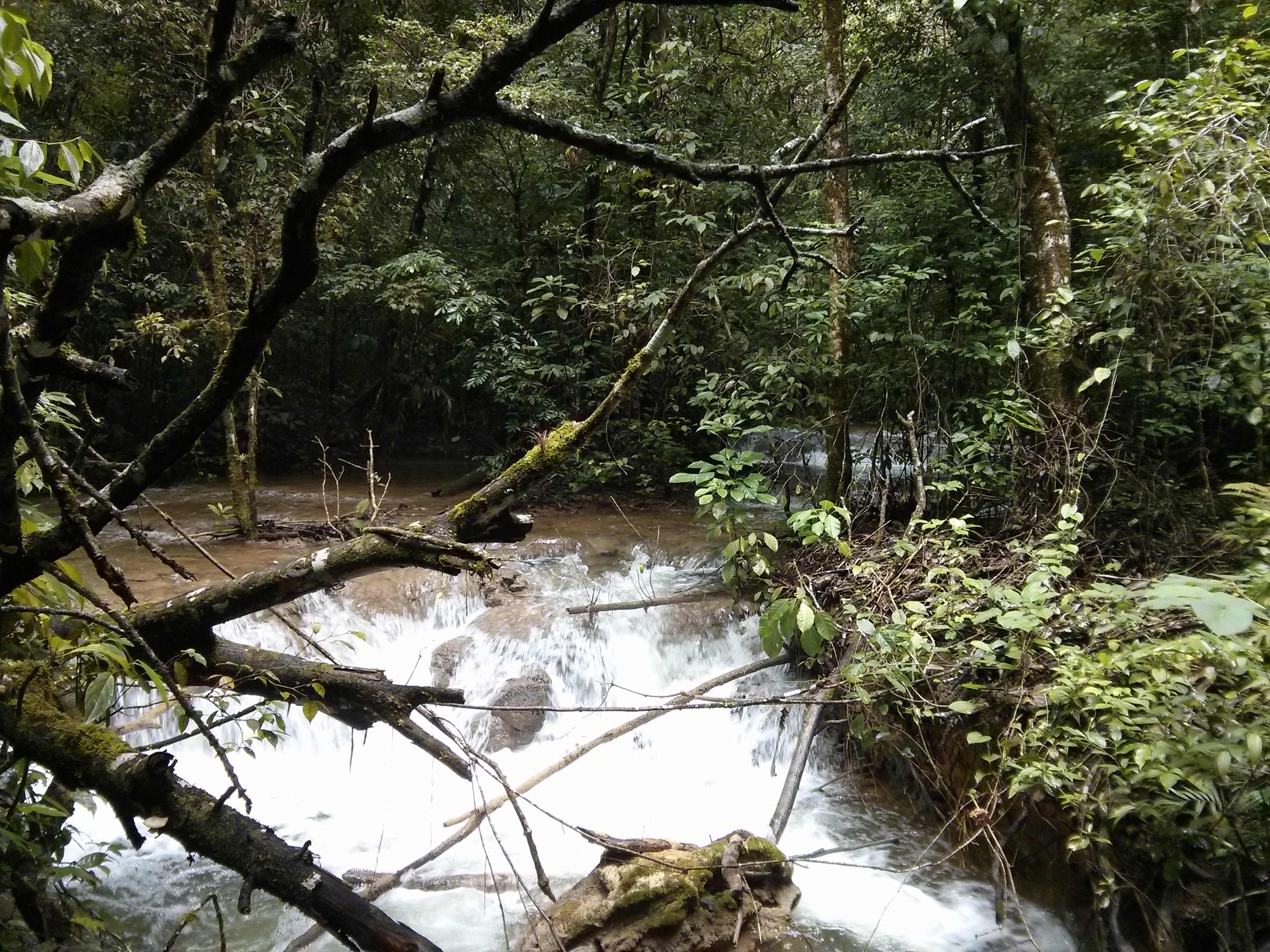
The hum of a natural forest (its sounds and smells) feel so attuned to the natural rhythm of life.
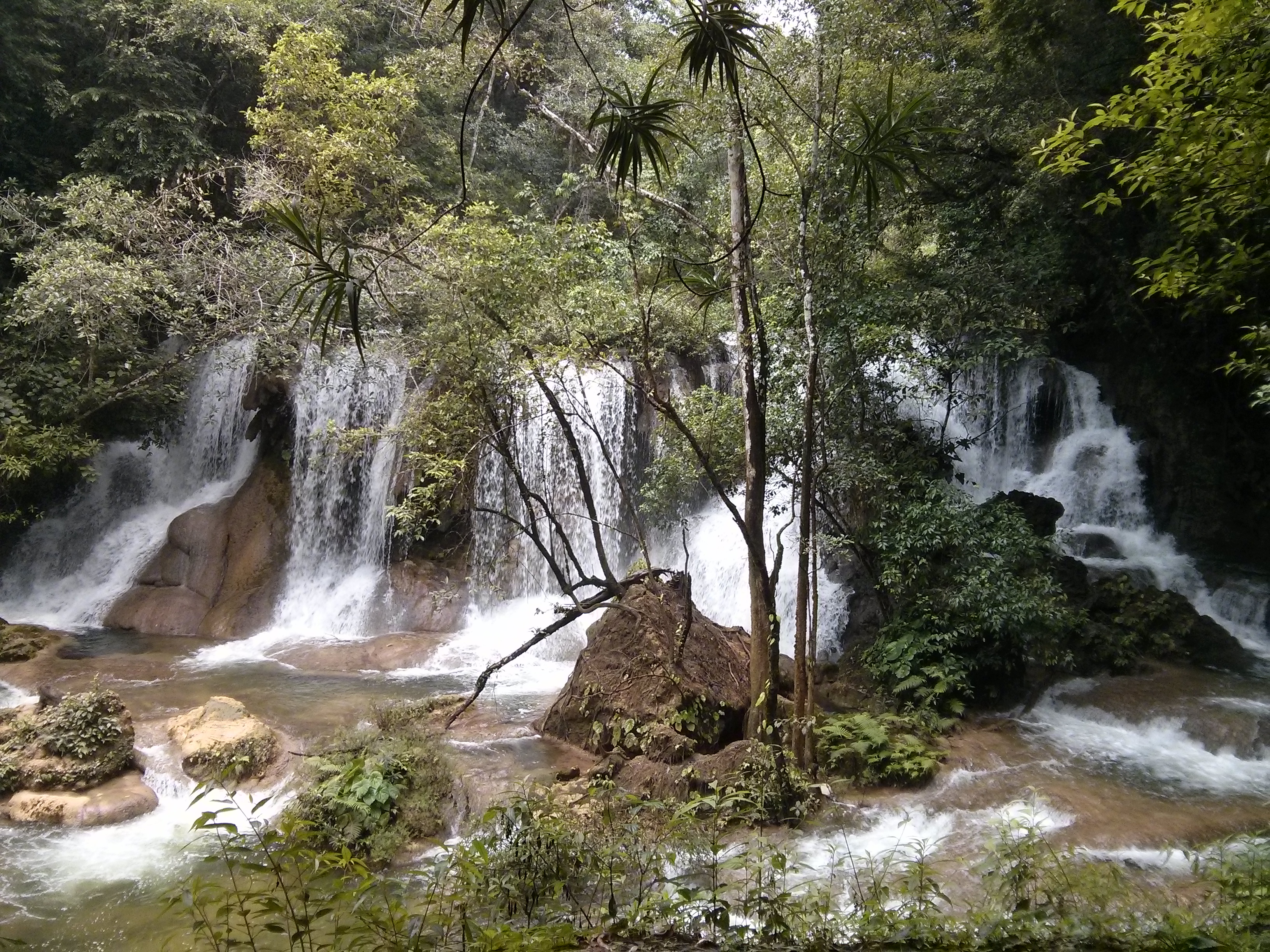
When at Las Guacamayas, a refuge area for the Scarlet Macaw, one can look across the Rio Lacantun to the pristine forest of the Montes Azules Biosphere Reserve and see to the eye how that mostly pristine jungle interconnects amongst itself and its surroundings. Gosh, what an evident difference between the aliveness of an untouched jungle:
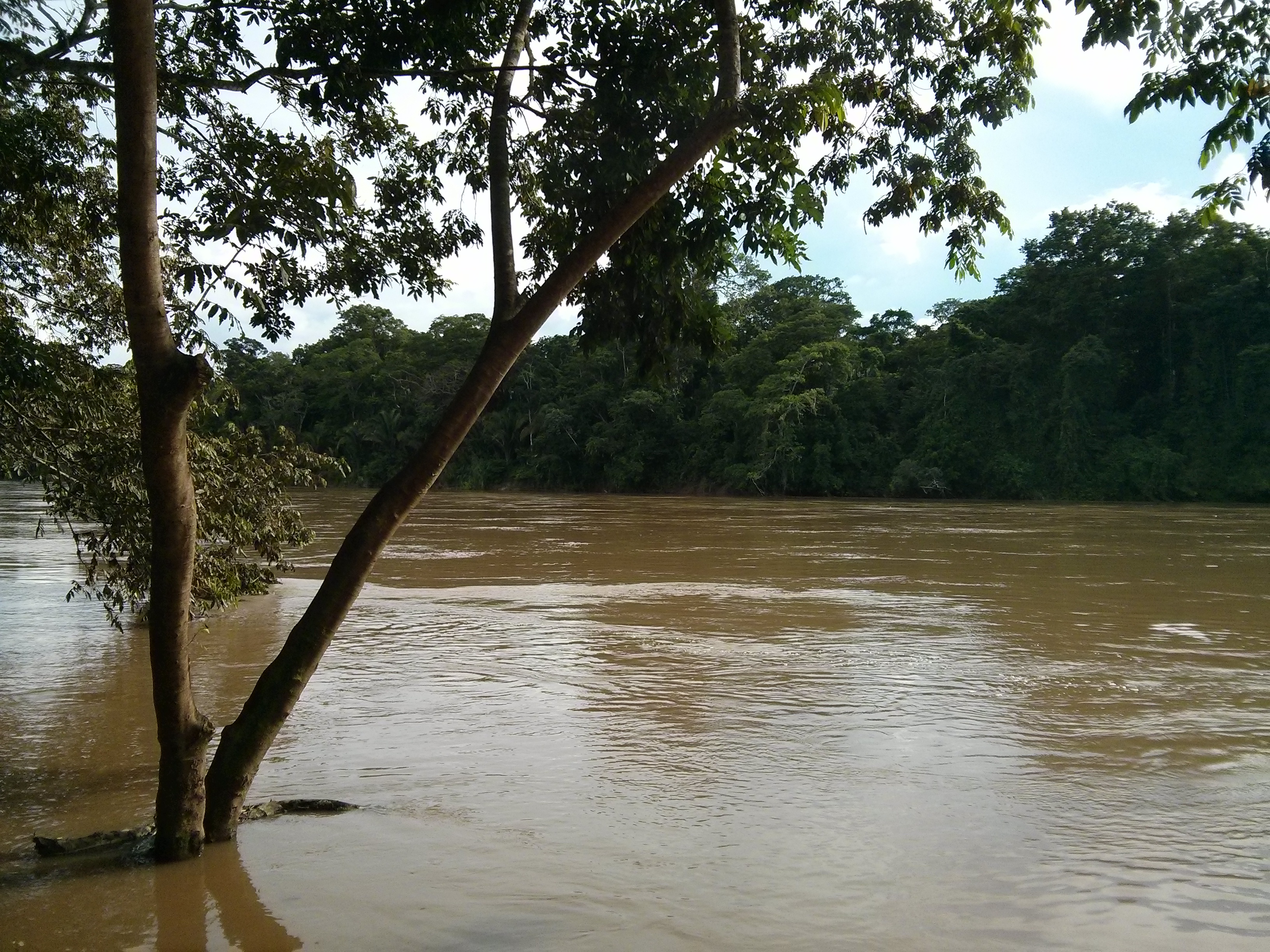
and the near deserts of land that can be found located at places on the other side of the river from the Biosphere Reserve, much of which has been cleared of jungle to make way for cattle pasture.
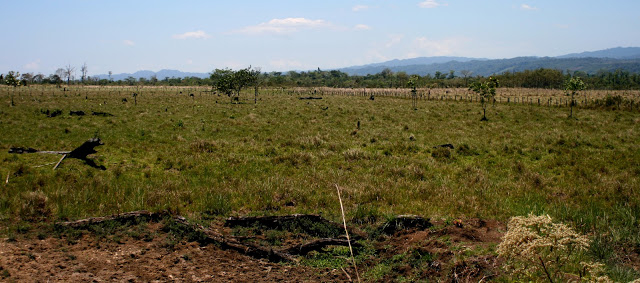
It truly struck me how the untouched side of the Lacantun River is so fantastically alive when compared to the cleared sides of the river that are more akin to a desert wasteland.
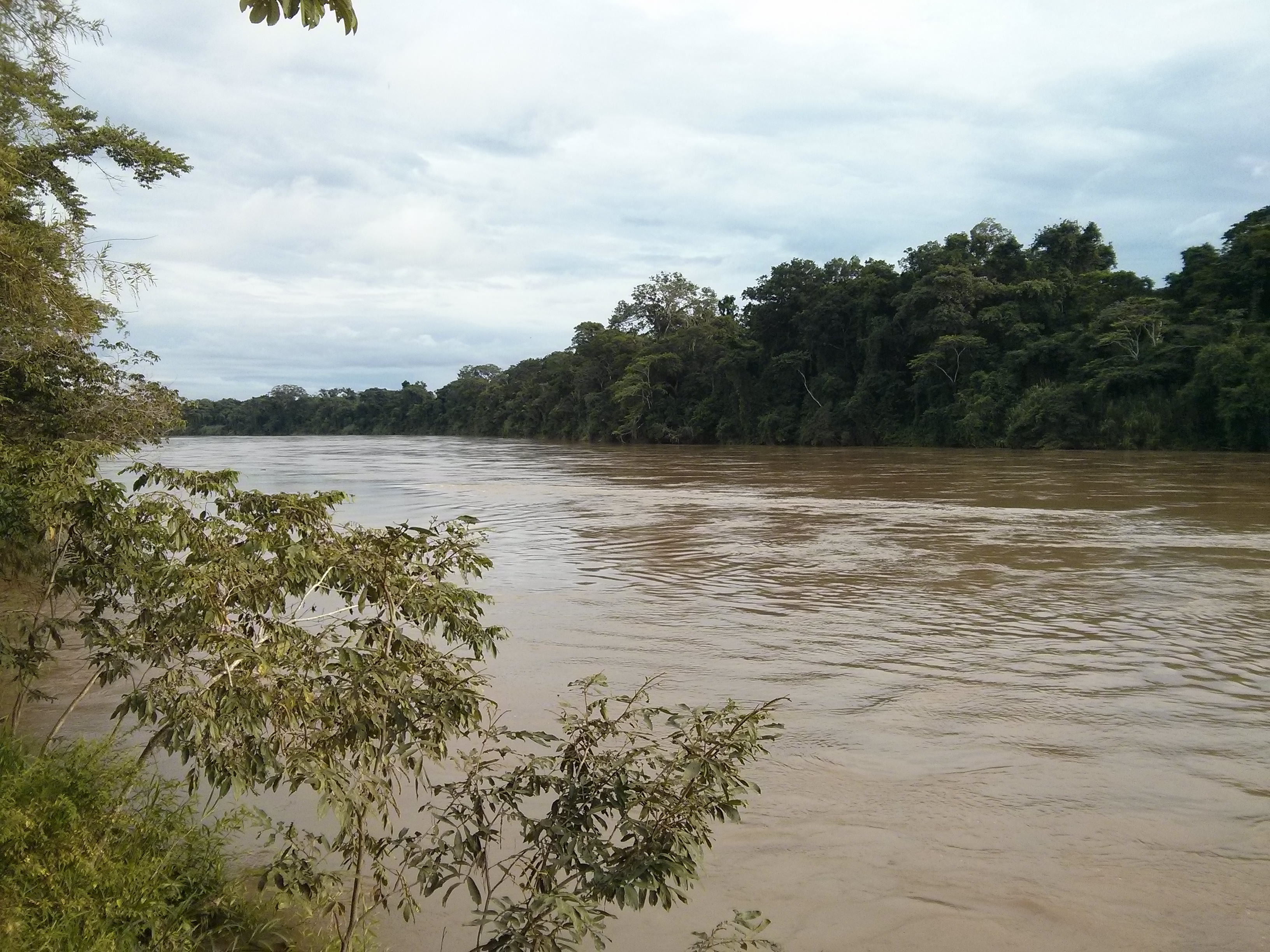
Humans seem to be missing something in this evident dichotomy. We so obviously kill boundless life when we clear jungle to create pastureland that only sustains a mere fraction of its former jungle life by being reduced to mostly grasses, a handful of shade-trees, and cattle. In what almost seems as a current zero-sum game between nature and humans, the needs of primarily one species, human beings, are clearly valued at the expense of almost all other species that would otherwise inhabit an alive and diverse natural ecosystem.
We humans and thriving jungle would seem to have more to achieve together than we do apart. A jungle (like any forest) naturally rejuvenates and so can provide a seeming eternity of its natural riches for use by humans and near-countless other species that inhabit it. Cleared land for pasture serves almost none but humans, pasture grasses, and the short-life of the cattle this land is intended to support.
The following are not rhetorical questions:
• What makes we humans think that our species and its needs are more important than those of, say, the Scarlet Macaw?
• When will we humans learn to live in peace with other species instead of seeming to be in a perpetual war with other life forms?
Biodiversity (and quantum physics and cosmology, amongst other scientific disciplines) are pointing us humans to what may be an uncomfortable truth: that all life is interconnected, mostly in unknown ways. When humans willingly destroy forest or jungle along with its abundance of life forms, we lose for ourselves something much deeper in value and of importance to our species than our intellect can ever grasp. Simply being in a jungle or forest one can intimately feel its inherent worth and value. It is like a deep inner knowing that is realised beyond words or thought. And that deep knowing also understands that we humans are merely (and maybe very slowly) killing ourselves when we choose to perpetuate death and destruction on diverse yet interconnected ecosystems.
Honestly: how can we humans ever truly say that we value life when our species is willing to perpetuate so much death around us? Isn’t to value life to mean that we do just that, value life: all life?
Your thoughts and opinions are always welcomed.
Tom Esakin

Thomas,
I very much enjoy your important blog and interesting articles.
I have provided a link to your post, “Albert Einstein and Thomas Berry on Sustainability: The Interconnectivity of us all” on our website – http://www.worldpeacewriters.org.
Here is a link to my World Peace Writers article that includes your post::
http://worldpeacewriters.org/marlene-nareau/
I look forward to continually following your blog.
Thank you. You’re great!